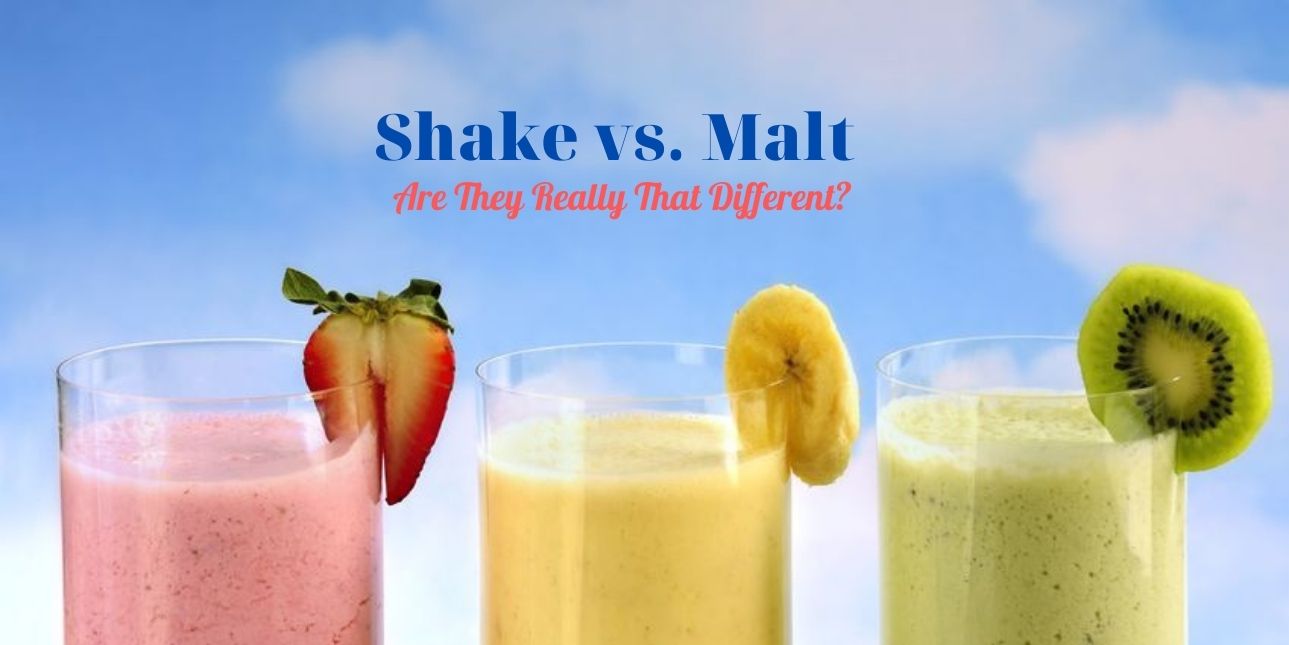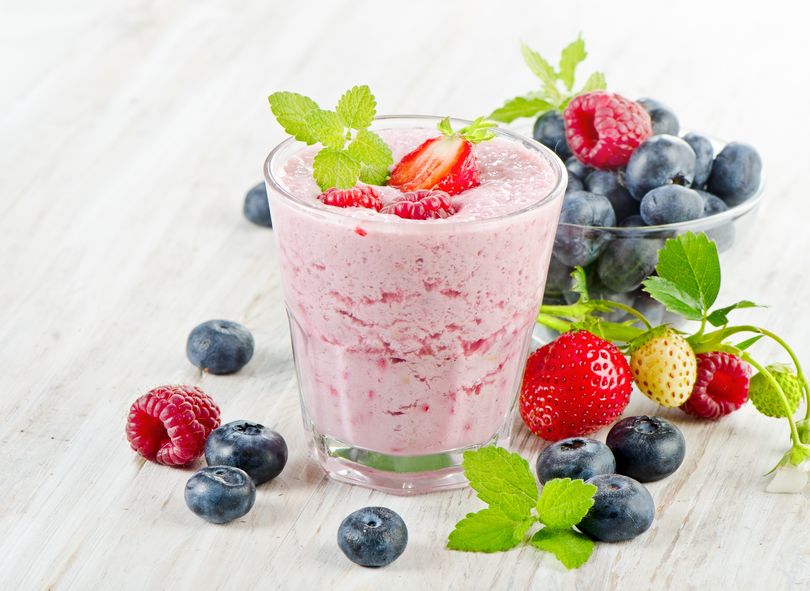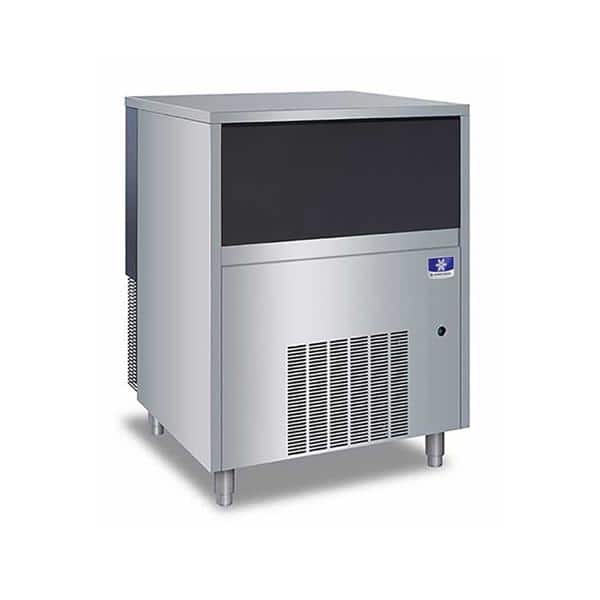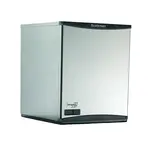
The Origins of Malts and Milkshakes
Malts and milkshakes have a long history. Not only are the two dessert beverages often confused with one another due to their similar ingredients, but they are also often considered as the same thing because milkshakes are a variant of malted milkshakes.
If you plan to sell malts and milkshakes, you should get to know the history of the two drinks. Why? While milkshakes are a popular dessert beverage now, malt milkshakes hold a special place in the hearts of an entire generation.
For instance, if you turn to your grandparents and ask them what their favorite dessert beverage was growing up, they're likely to tell you it was a refreshing malt.
Now, before taking a look at the difference between shakes vs. malts, it's important to know where each one originated from.
Malts Started as a Type of Eggnog with Whiskey
Malt shakes did not start as a family-friendly drink. During the 1800s, these drinks were marketed as an adult dessert beverage that contained a decent amount of whiskey. This made them a wonderful option for those hosting get-togethers and those who were looking for a fun way to incorporate an adult dessert into the menu.
However, in the 1900s, consumers began to add syrup, milk, and ice cream to create an even more enjoyable experience. However, as these variations appeared, the alcohol contents were slowly phased out entirely, which helped them gain traction as the family-friendly dessert beverage that they are known as today.
As these malts continued to gain popularity, they became the mainstream drink for the younger generations. And the more popular they became, the more they were featured in diners, lunch counters, and even fast-food joints. As malted milkshake bars became the new trend in the food and beverage industry, people started getting more creative by introducing various flavors into the mix, including caramel, chocolate, and strawberry.
Milkshakes Became More Popular Than Malts
More traditional milkshakes started gaining popularity after an employee at Walgreens added two scoops of ice cream to classic malted milk. This addition made the drink much smoother in texture, and before long, the hype for malt just slowly faded away.
Now, big fast-food restaurants like McDonald's and Burger King didn't offer malted options, although they haven't disappeared completely. Many diners still serve this sweet treat, giving them a competitive advantage when it comes to serving up a side of nostalgia.
Shake vs. Malt: What Makes Them So Different?
The most significant difference between shake vs. malt is in their recipes. How exactly are these two dessert beverages different? Here are a few things you'll want to know.
What Makes Up a Classic Milkshake?
A classic milkshake is made with either ice cream or frozen yogurt, where it gets its thick creamy texture from. However, some businesses choose to blend their milkshakes with ice to help give them a thinner texture, making it easier to sip through a straw. Some of the best types of ice to use in this case include nugget ice or even flake ice, as they are easier to blend and don't add too much water to the shake.
This classic beverage should have good ice cream to milk ratio. The more ice cream you add to your shake, the thicker it becomes. So, depending on the consistency the drinker prefers, you'll want to be careful how much of each ingredient you use.
The most popular rendition of a milkshake is the vanilla milkshake. To make it more exciting, you can also add your own toppings or mix-ins. From nuts to caramel drizzle, the possibilities are endless.
Malts Have Malted Milk Powder
What truly sets a malt, or a malted milkshake, apart from a traditional milkshake is that it is made with malted milk powder.
Malted milk powder gives the beverage a sweeter, richer taste. It also gives the drink an almost grainy texture, further setting it apart from a traditional milkshake's smooth texture. Malted milk powder is made from barley malt, wheat flour, milk powder, salt, and sugar, which is where it gets its grainy, sweeter taste.
Not only doesn't it help to enhance the sweetness of the shake, but it's also been noted to give malts a more savory flavor. Consumers say it adds a buttery and toasted hint to the drink.
Like a traditional milkshake, malts come in various flavors, and you can also customize your malt drink by adding a variety of mix-ins and toppings to it.
Which Tastes Better: A Malt or a Milkshake?
Here's the thing – in the great shake vs. malt debate, there is no definitive winner. Why? Everyone has their taste preferences. While some individuals enjoy the grainier, savory flavors of a traditional malt beverage, others will prefer the thick, creaminess of a classic milkshake.
Sure, while you could always offer both on your menu, many smaller restaurants may not have it in the budget to do so. So, how do you choose which one to feature? You need to know who your customers are, which requires a bit of market research.
For example, if your customer base is mostly individuals in their 60s or older, you could benefit from that extra bit of nostalgia by offering them a classic malt beverage.
However, if you're a college town whose primary audience is a younger crowd in their late teens and early 20s, then you're more likely going to benefit from offering classic milkshakes.
Whichever you choose, make sure you're offering your patrons a nice toppings bar with a variety of flavors to choose from!












